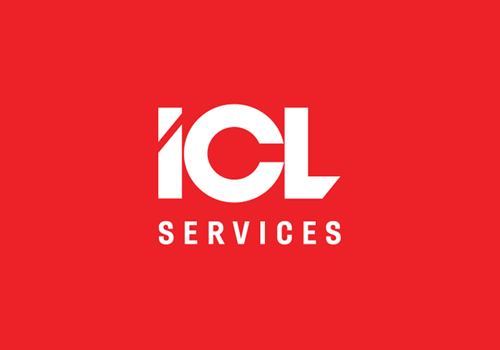Since 2024, cars at the plant have been produced under its own brand XCITE. The company plans to begin production of LADA Iskra with industrial partner JSC AVTOVAZ in the fall of 2025.
The enterprise includes a production site and an office area. Thus, the IT infrastructure of the organization was part of the centralized global IT infrastructure of the parent company, based on foreign solutions.
After the departure of foreign vendors from Russia, the company lost access to technical support, the ability to develop and at the same time receive critical security updates for Microsoft SCCM. As a result, the risks associated with the management of workplaces and compliance with information security of the entire organization increased significantly.
In order to reduce these risks and their possible consequences and based on plans to achieve technological sovereignty, the enterprise decided to switch to a domestic solution within the existing IT infrastructure. It is important to note that the changes being made should not have a negative impact on current business processes and efficiency within the company.Key Challenges
- Ensure a seamless transition from a foreign SCCM solution to a Russian one without stopping business processes
- Automate routine processes (OS and software deployment, inventory, update management)
- Simplify administration of heterogeneous infrastructure (Windows and Linux, including Russian distributions) “from a single window”
Audit and piloting
The project started with an analysis of the IT infrastructure (office and production segments) of the enterprise and, based on its results, a specification of the technical task. In the current conditions, the enterprise needed a universal solution capable of achieving the business goal of the project in a short time.
Based on the analysis of solutions on the Russian market, the choice was made in favor of the Colibri-UEM product, ICL Services' own development - a Russian system for managing automated workplaces and servers for mixed infrastructures, a worthy analogue of the foreign SCCM.
Deployment
ICL Services specialists deployed the Colibri-UEM solution in the customer's IT infrastructure, configured the necessary integrations within the infrastructure and prepared testing methods.
At the first stage, the system was installed on 50 workstations. Packages of all software used by the enterprise were prepared, including accounting and engineering applications. This provided the ability to automatically manage the composition of software on managed workstations, which in turn reduces the labor costs of the IT department.
So, after successfully completing the first stage of work on a limited number of workstations, the customer plans to scale it up on its own: in particular, installing agents and deploying software to the remaining devices.
At the end of the project, training sessions on using the Colibri-UEM product (including specially recorded video tutorials) were held for the customer's IT specialists.
In addition, the company received a perpetual license to use the product with privileged support for 42 months, which guarantees prompt resolution of technical issues.
Products and technologies
- Colibri-UEM: inventory, software and OS deployment, updates, configuration status monitoring
- Windows and Linux agents with the ability to further migrate to Russian OS
- Integration with Active Directory, DNS, DHCP.
Results
- A seamless transition from Microsoft System Center Configuration Manager (SCCM) to the Russian solution "Kolibri-ARM" was implemented in a short time frame, without affecting the company's business processes.
- As a result of the implementation, the customer received not only a ready-made Russian turnkey solution, but also a reduction in the load on IT due to automation, compared to manual deployment of OS/software on workstations.
- Today, it is planned to scale the solution to additional workstations and migrate part of the infrastructure to Russian OS using existing Colibri-UEM tools.
- Integration with monitoring systems, DLP and ITSM systems for further automation of IT infrastructure management is also possible.
